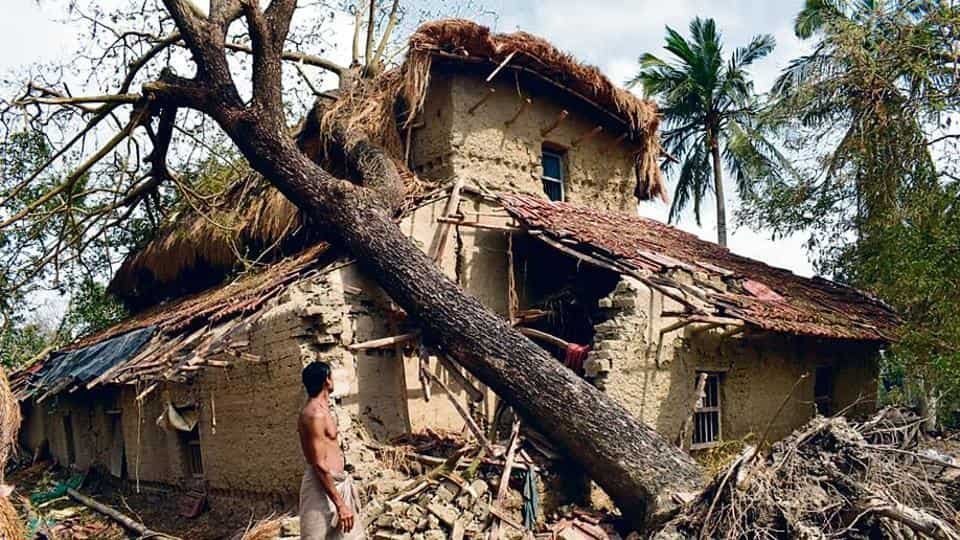Around 1am on May 20, winds close to 80kmph automobile up Sanjay Mandal. A homeowner of Indonesia island within the Sunderbans delta of West Bengal, Mandal was utilized towards the vagaries of weather inside a region where roughly 4 million people co-exist with heavy monsoons, storms and also the Royal Bengal Tiger. “Winds of this speed mean absolutely nothing to us,” stated Mandal. He switched around and rested.

The federal government had, 2 days before, sounded a security a good approaching super cyclone and evacuated roughly 360,000 individuals from the delta, but Mandal was undertake and don’t.
Next morning, he understood something was wrong. Once the high tide surged in around 8am, it wasn’t the silt-heavy muddy water the Muriganga river usually brings, but obvious blue water that grown two metres over the usual height.
Mandal and the neighbours rapidly created an agenda.
Pivoting on their own knowledge about this year’s cyclone Aila, they required 35 motorboats out and rowed their way onto shallow waters – the logic because the gushing river would inundate their low-laying island homes however they would securely wait for a low tide to create in – a typical practice within the marshy mangrove delta where periodic tides drives local existence.
By 3pm – time the tide was designed to withdraw – they understood the program choose to go awry. The squall thrown their motorboats around and threatened to crash them into rocks, and also the winds were only gathering speed. Mandal and the buddies rowed towards land, abandoned the motorboats in the shore and ran perfectly into a local school. At 4pm, the cell phone connection clicked.
From atop your building, the audience saw their motorboats being hurled strongly within the wind, adopted through the seem from the embankment crumbling and posts water submerging their houses. “We thought nothing would survive this disaster. Everything could be finished,” he stated.
The cyclone subsided around 11pm. “Our homes weren’t there any longer, only water. It had been as though large areas of our island had disappeared in six hrs,” he stated, acknowledging he had undervalued the effectiveness of the cyclone.
From the 35 motorboats, just one is at sailable condition therefore the group required it to survey the harm. They rowed for roughly 50km, and 2 hrs, but found only breached embankments, washed away roads and clumps of dirt where kachha houses once was.
“Everywhere we went, there is only water. In each and every island, embankments had given way. Nothing had survived Amphan.”